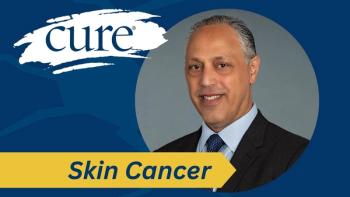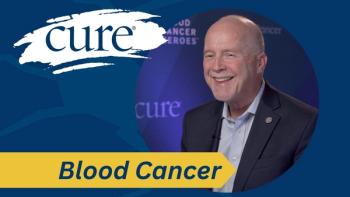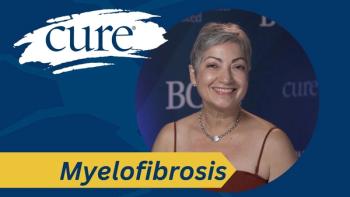
Immunotherapy Plus Chemo Benefits Patients with NSCLC
Patients with a history of proton pump inhibitor use and who have NSCLC with a PD-L1 tumor proportion score of 50% or more benefit from immune checkpoint inhibitor plus chemotherapy as treatment.
A history of proton pump inhibitor use is associated with better outcomes for patients with non-small cell lung cancer with a PD-L1 TPS of 50% or more and are treated with an immune checkpoint inhibitor plus chemotherapy compared with patients who are treated with Keytruda (pembrolizumab) monotherapy, according to a recent study.
Keytruda is an immune checkpoint inhibitor (ICI, an immunotherapy which helps the patient’s immune system find and fight cancer) that targets the proteins programmed cell death-1 (PD-1) or programmed cell death ligand-1 (PD-L1). This type of drug is used to treat different cancer types, commonly non-small cell lung cancer (NSCLC). Doctors use biomarkers, such as the PD-L1 tumor proportion score (TPS) to determine accurate ICI treatment outcomes in patients. Common treatments for patients with advanced NSCLC with a high PD-L1 TPS include ICI monotherapy and ICI plus chemotherapy.
In a study published on JAMA Network Open, the authors focused on the outcomes of using Keytruda monotherapy or ICI plus chemotherapy as first-line treatment for patients with NSCLC with a PD-L1 TPS of 50% or more and had a history of using a proton pump inhibitor (PPI, medication used to prevent the production of stomach acid for conditions related to the gastrointestinal tract).
The study had a total of 425 patients with NSCLC, with 271 patients treated with Keytruda monotherapy as the first-line treatment and 154 patients treated with ICI plus chemotherapy as the first-line treatment.
The authors of the study found that it was important for patients to communicate with providers about past use of PPI, as it can play a significant role in the decision-making of treatment type. In particular, the study demonstrated that patients who had a history of PPI use and received Keytruda monotherapy had worse outcomes than patients who received ICI plus chemotherapy.
“Considering the treatment strategy for these clinical patients, we should recognize that PPI use may be negatively associated with the treatment outcome of ICI monotherapy,” said the study authors. “The necessity of administering PPIs should be assessed before initiating first-line cancer treatment.”
Within the study, the authors observed rates of progression-free survival (PFS, the period during and after treatment of cancer when the disease does not get worse) and overall survival (OS, the period from diagnosis or treatment where patients are still alive), finding that the median PFS in the ICI plus chemotherapy group was approximately 17.3 months, compared to 10.6 months in the Keytruda monotherapy group. In the ICI plus chemotherapy group, the OS was significantly longer than in the Keytruda monotherapy group, according to the authors.
The results from the study emphasized that patients with NSCLC with a high PD-L1 TPS who had history of PPI use had a longer PFS and OS when they were treated with ICI plus chemotherapy, compared with patients who received Keytruda monotherapy.
In a previous study recently published on Clin Lung Cancer, patients with advanced NSCLC with a PD-L1 TPS of 50% or more who received ICI plus chemotherapy showed survival benefits during the first six months. Likewise, ICI plus chemotherapy was associated with survival benefits for patients with a PD-L1 TPS of 90% or more during the first 12 months.
The authors from the current study considered the results from the previous study and concluded that “patients with a higher risk of early mortality or progression with ICI monotherapy may be better suited for ICI plus chemotherapy than ICI monotherapy.”
For more news on cancer updates, research and education, don’t forget to




